With new technologies revolutionizing data collection, wildlife researchers are becoming increasingly able to collect data at much higher volumes than ever before. Now we are facing the challenges of putting this information to use, bringing the science of big data into the conservation arena. With the help of machine learning tools, this area holds immense potential for conservation practices. The applications range from online trafficking alerts to species-specific early warning systems to efficient movement and biodiversity monitoring and beyond.
However, the process of building effective machine learning tools depends upon large amounts of standardized training data, and conservationists currently lack an established system for standardization. How to best develop such a system and incentivize data sharing are questions at the forefront of this work. There are currently multiple AI-based conservation initiatives, including Wildlife Insights and WildBook, that are pioneering applications on this front.
This group is the perfect place to ask all your AI-related questions, no matter your skill level or previous familiarity! You'll find resources, meet other members with similar questions and experts who can answer them, and engage in exciting collaborative opportunities together.
Just getting started with AI in conservation? Check out our introduction tutorial, How Do I Train My First Machine Learning Model? with Daniel Situnayake, and our Virtual Meetup on Big Data. If you're coming from the more technical side of AI/ML, Sara Beery runs an AI for Conservation slack channel that might be of interest. Message her for an invite.
Header Image: Dr Claire Burke / @CBurkeSci

Explore the Basics: AI
Understanding the possibilities for incorporating new technology into your work can feel overwhelming. With so many tools available, so many resources to keep up with, and so many innovative projects happening around the world and in our community, it's easy to lose sight of how and why these new technologies matter, and how they can be practically applied to your projects.
Machine learning has huge potential in conservation tech, and its applications are growing every day! But the tradeoff of that potential is a big learning curve - or so it seems to those starting out with this powerful tool!
To help you explore the potential of AI (and prepare for some of our upcoming AI-themed events!), we've compiled simple, key resources, conversations, and videos to highlight the possibilities:
Three Resources for Beginners:
- Everything I know about Machine Learning and Camera Traps, Dan Morris | Resource library, camera traps, machine learning
- Using Computer Vision to Protect Endangered Species, Kasim Rafiq | Machine learning, data analysis, big cats
- Resource: WildID | WildID
Three Forum Threads for Beginners:
- I made an open-source tool to help you sort camera trap images | Petar Gyurov, Camera Traps
- Batch / Automated Cloud Processing | Chris Nicolas, Acoustic Monitoring
- Looking for help with camera trapping for Jaguars: Software for species ID and database building | Carmina Gutierrez, AI for Conservation
Three Tutorials for Beginners:
- How do I get started using machine learning for my camera traps? | Sara Beery, Tech Tutors
- How do I train my first machine learning model? | Daniel Situnayake, Tech Tutors
- Big Data in Conservation | Dave Thau, Dan Morris, Sarah Davidson, Virtual Meetups
Want to know more about AI, or have your specific machine learning questions answered by experts in the WILDLABS community? Make sure you join the conversation in our AI for Conservation group!
- @WyattB
- | He / him / his
Data science and ML specialist
- 0 Resources
- 2 Discussions
- 7 Groups
Data Scientist
- 0 Resources
- 7 Discussions
- 13 Groups
- @Bijin
- | He/him
I am a high-school student who enjoys wildlife photography and the intersection between technology and conservation.
- 0 Resources
- 0 Discussions
- 2 Groups
- @claudlacroix
- | she/her
PhD fellow using deep learning to investigate marine fish acoustic signals and social behaviour.
- 0 Resources
- 1 Discussions
- 4 Groups
- @kenadyWilson
- | she/her
- 0 Resources
- 0 Discussions
- 8 Groups
- @cristiar.samosir
- | She/Her
Just a woman passionate in conservation practices
- 0 Resources
- 0 Discussions
- 3 Groups
I am a biology undergraduate student who is interested in the field of wildlife conservation and has skills in field observation and identification
- 0 Resources
- 0 Discussions
- 12 Groups
- @luciana.rocha
- | She/her
- 0 Resources
- 0 Discussions
- 3 Groups
I'm a young agronomist/expert in the planning and management of protected areas at the start of my career in the conservation of terrestrial flora and fauna. I have good experience in plant management and production. My passion for biodiversity conservation has led me to acquire
- 0 Resources
- 0 Discussions
- 3 Groups
- @julianagc
- | she/her
With a background in biology, consulting, and education, I enjoy combining my many passions in applying ML and AI to biodiversity conservation.

- 1 Resources
- 0 Discussions
- 6 Groups
Terrestrial Ecologist
- 0 Resources
- 1 Discussions
- 4 Groups
I am the executive director of FishEye Collaborative, a non-profit developing underwater bioacoustic technologies and methods to grow our understanding of marine ecosystems.
- 0 Resources
- 0 Discussions
- 6 Groups
Following the UK Government’s landmark announcement of plans to introduce a complete ban on the domestic trade in ivory, it was fitting that a new machine learning product designed to tackle the supply end of this...
6 December 2017
Article
A new research project is looking to investigate whether technology combined with the ancient skills and knowledge of Namibian trackers can help save cheetahs from extinction. Called FIT Cheetahs, the research project...
4 December 2017
With Arctic sea ice disappearing, can advanced sensor technologies provide insights into an ecosystem on the brink?
30 November 2017
Our panel of international experts has been hard at work reviewing the 47 proposals we recieved for innovative technological tools to address human wildlife conflict. The panelists have systematically been assessing the...
20 October 2017
The Domain Awareness System (DAS) is a revolution in monitoring technology, creating real-time awareness of protected areas assets. This technology has the potential to completely change standard monitoring procedures...
26 September 2017
Frustrated by the limitations of the tools that were available for managing large camera trap data sets, Heidi Hendry and Chris Mann set out to develop something that met their needs, and thus, Camelot was born. In...
7 July 2017
Funding
The European Space Agency is calling for Kick-Start ideas to leverage space technology for wildlife protection. Three main topics of interest have been identified: 1) Wildlife monitoring, tracking and inventory, 2)...
5 July 2017
Its been a busy couple of months for the Open Acoustic Devices team. They've just returned back from Belize where they have been trialling the new AudioMoth design for gunshot detection. Find out what they've been up to...
27 June 2017
Article
There is a revolution coming in conservation. Advances in conservation technology are generating more data than ever before on what lives where, who eats who, and what’s disappearing and how fast, but it still requires...
10 May 2017
Researchers have identified 15 emerging risks and opportunities for species and ecosystems around the world in a recent horizon scanning exercise.
31 March 2017
The Conservation Leadership Programme (CLP) is a training and capacity building programme that targets individuals from developing countries who are early in their conservation career and demonstrate leadership...
21 November 2016
FishFace is a new application under development by The Nature Conservancy in partnership with Refind Technologies. Similar to facial recognition software used to identify people, FishFace uses artificial intelligence to...
10 November 2016
June 2025
event
July 2025
October 2025
event
event
September 2024
event
event
73 Products
Recently updated products
16 Products
Recently updated products
| Description | Activity | Replies | Groups | Updated |
|---|---|---|---|---|
| 📸 Do you use camera traps in your work? Take part in our survey!Hi everyone! I’m currently a final-year engineering... |
|
Camera Traps, AI for Conservation, Data management and processing tools, Open Source Solutions, Software Development | 3 weeks 6 days ago | |
| WILDLABS colleagues—My team at TNC is looking for support as we try to understand opportunities of AI applications for freshwater (eco)... |
|
AI for Conservation | 1 month ago | |
| Hi Adam! Sounds like you have your work cut out for you. I have not used radar systems or AI systems for this sort of detection, but there are methods using change detection... |
|
AI for Conservation, Drones, Wildlife Crime | 1 month ago | |
| Hey Amber, that makes a lot of sense! And this effort by Insect Detect is amazing, thanks for sharing! |
|
AI for Conservation, Autonomous Camera Traps for Insects | 1 month ago | |
| Ritika, All the best! I hope someone provides a more substantive answer! I have also graduated with masters in AI and ML recently. Difference being I am at the end of my... |
|
AI for Conservation, Software Development | 1 month ago | |
| One of our goals with explorer.land is to bridge satellite data and on-the-ground perspectives — helping teams combine field updates,... |
|
AI for Conservation, Geospatial, Open Source Solutions, Sensors | 1 month 1 week ago | |
| True, the US ecosystem is a challenging space right now, for basically all sectors. We should not let the US chaos prevent us from engaging with opportunities in other... |
|
AI for Conservation, Camera Traps, Connectivity, Drones, Emerging Tech, Ethics of Conservation Tech, Marine Conservation, Sensors | 1 month 1 week ago | |
| Hi, just wanted to let whoever is interested that v.1.3 of DeepFaune is out! Deepfaune is a software that runs on any standard... |
|
Camera Traps, AI for Conservation, Open Source Solutions | 1 month 1 week ago | |
| New stable release : v1.5.1We are pleased to announce the latest release with several important enhancement, fixes and documentation improvements to ensure compatibility with the... |
+15
|
Acoustics, AI for Conservation, Open Source Solutions, Software Development | 1 month 1 week ago | |
| Hi all, I'm Vainqueur BULAMBO. I'm looking for a fully funded PhD opportunity in ecological data science or conservation... |
|
Acoustics, AI for Conservation, Autonomous Camera Traps for Insects | 1 month 2 weeks ago | |
| A nice work from @dmorris! See his LK post. "Lots of information in the conservation literature is represented in maps (e.g., the... |
|
AI for Conservation, Geospatial | 1 month 3 weeks ago | |
| Hi all, I'm the founder of a company in Texas that provides thermal drone surveying for private game ranches. Right now, we're doing everything completely manually in terms of... |
+20
|
AI for Conservation | 1 month 3 weeks ago |
AI to operate Wildlife Passage Gates
11 December 2023 4:17pm
22 December 2023 2:25pm
Aaah, this article suggests that RFID can be used for much greater distances so looks like RFID still remains the best choice.
22 December 2023 4:20pm
BTW. I found out that the Jetson Orin NX 16GB module is drawing around 20W when running continuous inference, processing streams from 6x cameras at 6 fps.
I'll try and find out what you can do with a Pi 5 and a smaller model over Christmas.
Semi-automated prediction of behavioral states in wild understudied King vultures (Sarcoramphus papa)
20 December 2023 1:34pm
Hydromoth for coastal & offshore surveying
16 November 2023 7:36am
18 November 2023 1:47am
Hi Sol,
I think your concern is well placed. The pros typically tow an array of hydrophones, in its simpler configuration it looks like a long fat rubber hose containing maybe a dozen transducers feeding their electrical signals to a recording unit back on the ship. All this is done to reduce noise from the ship, from waves crashing, and flow noise. The multiple transducers can also be electronically tuned to be directional so that it can be "pointed" away from a noise source (like the ship).
In your position, I would just try the simplest thing that could work, then fix the problems as they arise. It could be you may need to be dead in the water while recording. To address surface noise (slapping waves, wind), you could mount the hydromoth low down on a spar buoy, which you tow into position.
Best of luck, it sounds like an interesting project (c:
19 December 2023 2:20pm
Hydromoths are great for the price but they do not have the most streamlined housing and audio quality won't be as good as something like a SoundTrap or really any recorder with a proper hydrophone and 16-bit +DAQ system.
If you can afford it, this is an excellent SoundTrap based towed autonomous system NOAA have been using. It might work towed behind an autonomous vehicle
Alternatively, if you can have something inside the vehicle, a simple tape recorder (e.g. Tascam DR40X) and hydrophone on cable will provide excellent sound quality. You could also use something like a Raspberry Pi with audio focussed ADC hat to record but that would require a bit more programming. Even consider a standard AudioMoth and plug a proper hydrophone into the audio jack - this would still have a 12-bit ADC but would provide better sound quality than a hydromoth (hydrophones are more omnidirectional and there's no air filled causing reflections and attenuation)
20 December 2023 6:57am
If you are considering an external microphone and a towed system, then you would also be in a position to consider a raspberry pi with an external microphone with sbts-aru. Another option:
GitHub - hcfman/sbts-aru: Low cost Raspberry Pi sound localizing portable Autonomous Recording Unit (ARU)
Low cost Raspberry Pi sound localizing portable Autonomous Recording Unit (ARU) - hcfman/sbts-aru
13th International Conference on Climate Informatics
18 December 2023 12:20pm
Grant for AI for biodiversity workshops (Latin America-Germany cooperations)
16 December 2023 6:27am
19 December 2023 2:55pm
How polar bears and people are kept safe thanks to integrated video and radar system
15 December 2023 12:22pm
Bear-dar: Updates from the Field
15 December 2023 11:58am
Update on SEE Shell App to identify illegal tortoiseshell products
14 December 2023 10:00pm
Come for the trees and geese, stay for the AI: using computer vision for urban forestry and wildlife monitoring
13 December 2023 5:58pm
Benchmarking behavior classification of bio-logger data
13 December 2023 5:44pm
Project support officer - Conservation Tech
11 December 2023 10:24pm
Data Viz Inspo for the Holidays
11 December 2023 8:42pm
Is anyone or platform supporting ML for camera trap video processing (id-ing jaguar)?
27 November 2023 10:49am
7 December 2023 12:42pm
Hey there community! Im new here and looking after lots of answers too! ;-)
We are searching aswell for the most ideal App / AI technology to ID different cats, but also other mammals if possible
- Panthera onca
- Leopardus wiedii
- Leopardus pardalis
and if possible:
- Puma concolor
- Puma yagouaroundi
- Leopardus colocolo
- Tapirus terrestris
Every recommendation is very welcome, thanks!
Sam
7 December 2023 2:31pm
Is this from camera trap images? Videos? Wildlife Insights is great! It uses Megadetector as a first pass to filter out empty images (those without animals), which you can also just use on its own. If you want to do individual re-ID, you can use Wildme. And as I mentioned previously in the comments, Zamba Cloud can work with videos. Conservation AI is another player in the game as well.
11 December 2023 1:38pm
Also, take a look at TrapTagger. It has integration with WildMe.
Trailguard AI cameras used for reducing human-wildlife conflict in India
9 December 2023 10:56pm
Two-year postdoc in AI and remote sensing for citizen-science pollinator monitoring
4 December 2023 12:21pm
WILDLABS Awards 2024: Supporting accessible, affordable, and effective innovation for nature
1 December 2023 11:00am
AI Earth: Using AI to tackle Climate Change
27 November 2023 10:16am
AWMS Conference 2023
Catch up with The Variety Hour: November 2023
16 November 2023 12:59pm
Software Engineer at Rainforest Connection & Arbimon
14 November 2023 12:30am
Seeking Advice for Biodiversity Methodology
10 November 2023 3:58pm
Insight; a secure online platform designed for sharing experiences of conservation tool use.
7 November 2023 1:01pm
DeepFaune: a software for AI-based identification of mammals in camera-trap pictures and videos
14 July 2023 3:14pm
24 October 2023 8:46pm
Hello to all, new to this group. This is very exciting technology. can it work for ID of individual animals? we are interested in Ai for identifying individual jaguars (spots) and andean Bears (face characteristics). Any recommendation? contact? thanks!
German
25 October 2023 8:57am
That's a very interesting question and use case (I'm not from deepfaune). I'm playing with this at the moment and intend to integrate it into my other security software that can capture and send video alerts. I should have this working within a few weeks I think.
The structure of that software is that it is two stage, the first stage identifies that there is an animal and it's bounding box and then there's a classification stage. I intend to merge the two stages so that it behaves like a yolo model so that the output is bounding boxes as well as what type of animal it is.
However, my security software can cascade models. So if you were able to train a single stage classifier that identifies your particular bears, then you could cascade all of these models in my software to generate an alert with a video saying which bear it was.
4 November 2023 4:51am
Hi @GermanFore ,
I work with the BearID Project on individual identification of brown bears from faces. More recently we worked on face detection across all bear species and ran some tests with identifying Andean bears. You can find details in the paper I linked below. We plan to do more work with Andean bears in 2024.
I would love to connect with you. I'll send you a message with my email address.
Regards,
Ed
Multispecies facial detection for individual identification of wildlife: a case study across ursids | Mammalian Biology
To address biodiversity decline in the era of big data, replicable methods of data processing are needed. Automated methods of individual identification (I
A SPOTLIGHT ON CUTTING-EDGE BIOMONITORING TECHNOLOGIES
31 October 2023 9:09am
15 November 2023 6:10pm
31 January 2024 7:17pm
Nepal's tiger conservation gets tech boost with AI-powered deer tracking
30 October 2023 1:23pm
Acoustic Monitoring Specialist
26 October 2023 7:32pm
AI + Environment Summit
26 October 2023 11:15am
Entomological Research Specialist for Automated Insect Monitoring
25 October 2023 7:21pm
Lead Data Engineer - Climate Solutions, Open Earth
25 October 2023 11:07am
Automated moth monitoring & you!
24 October 2023 8:52am













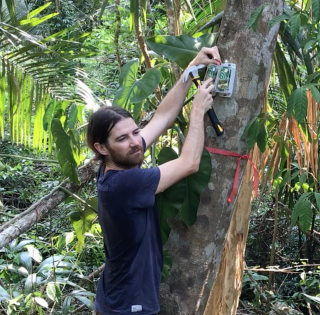



















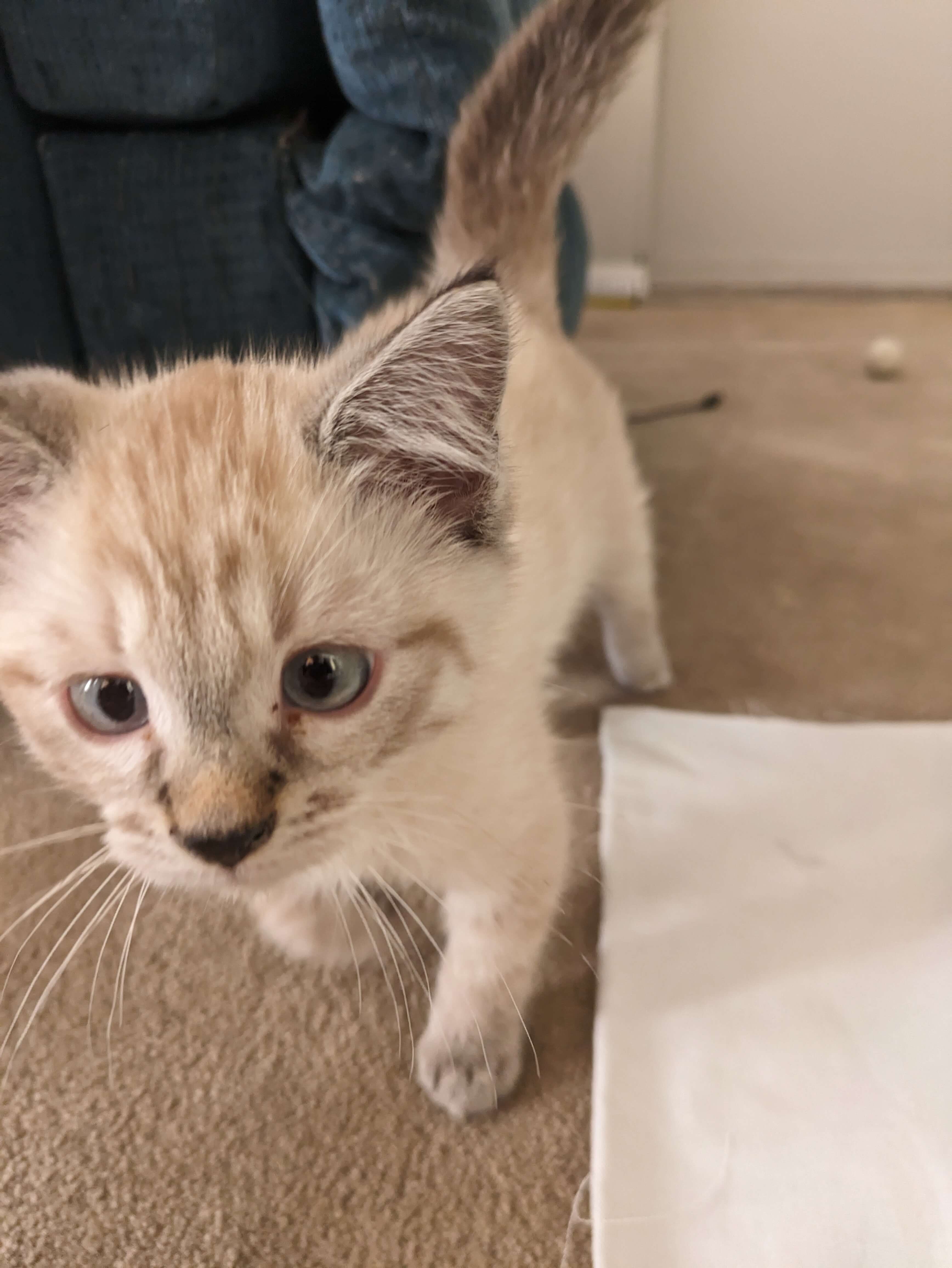










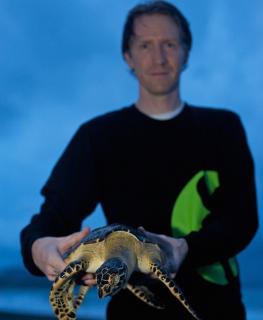




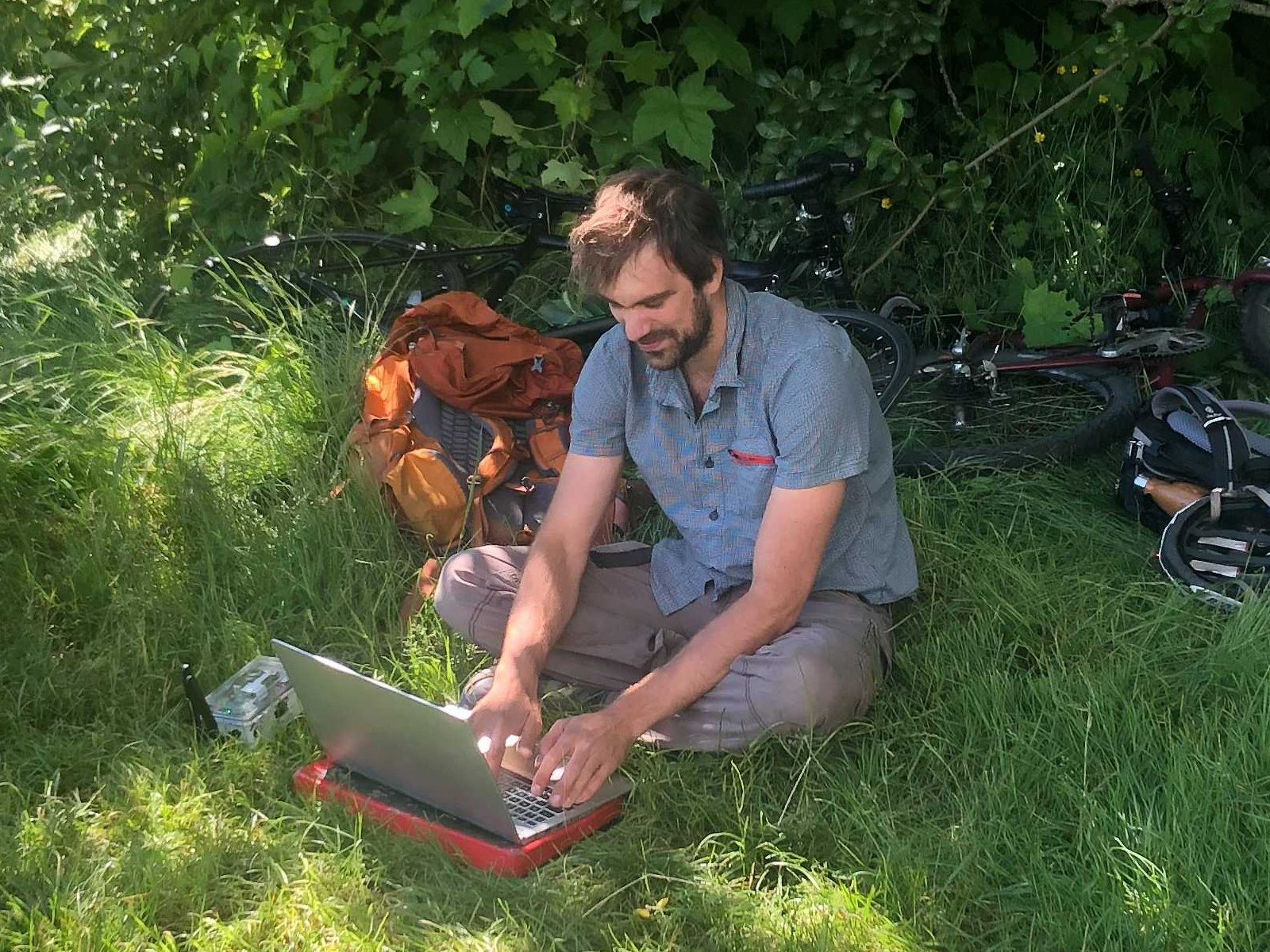






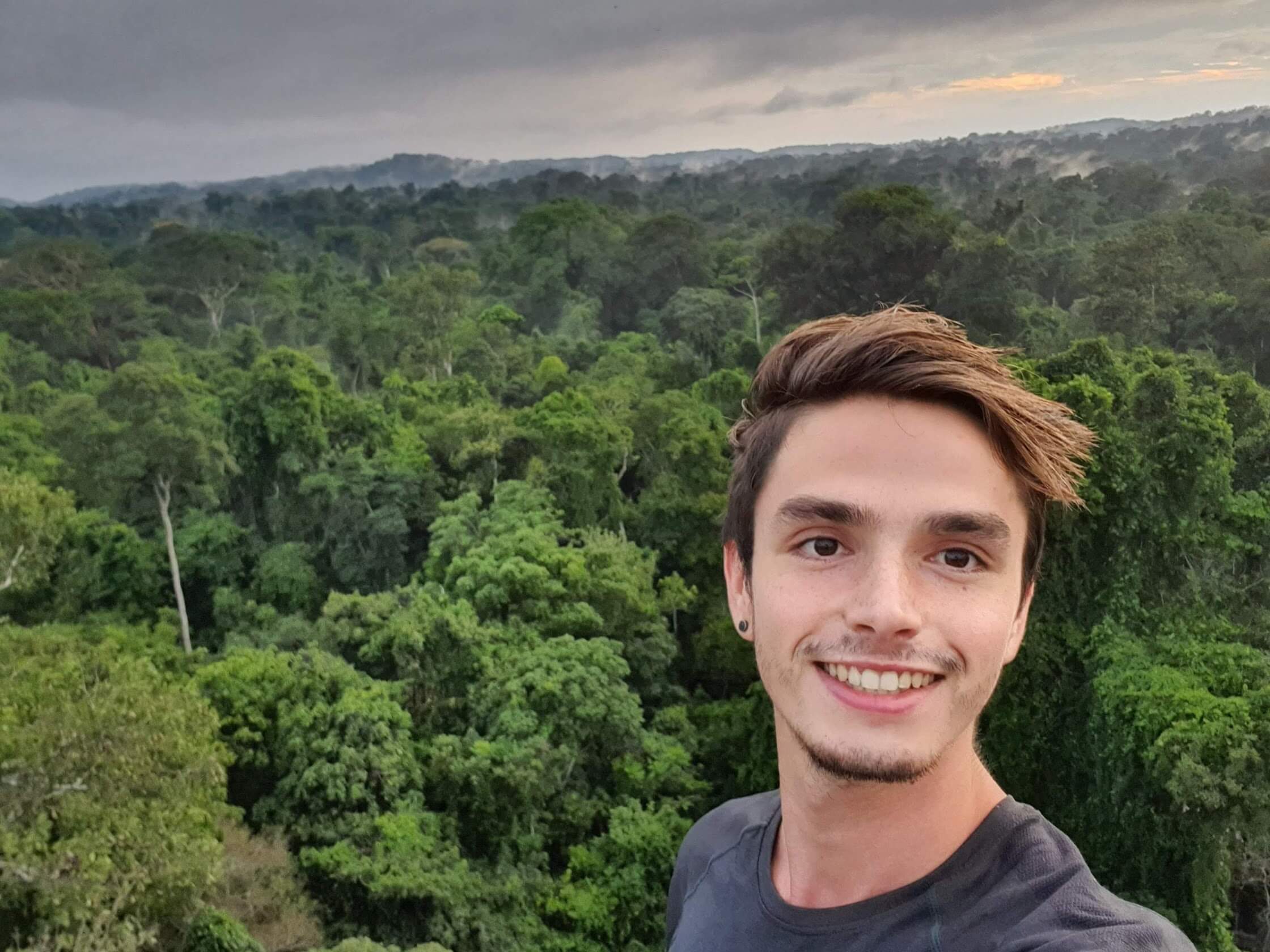


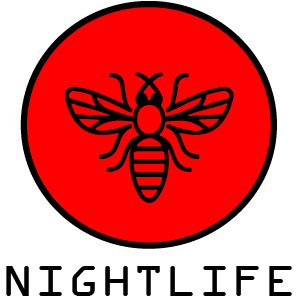
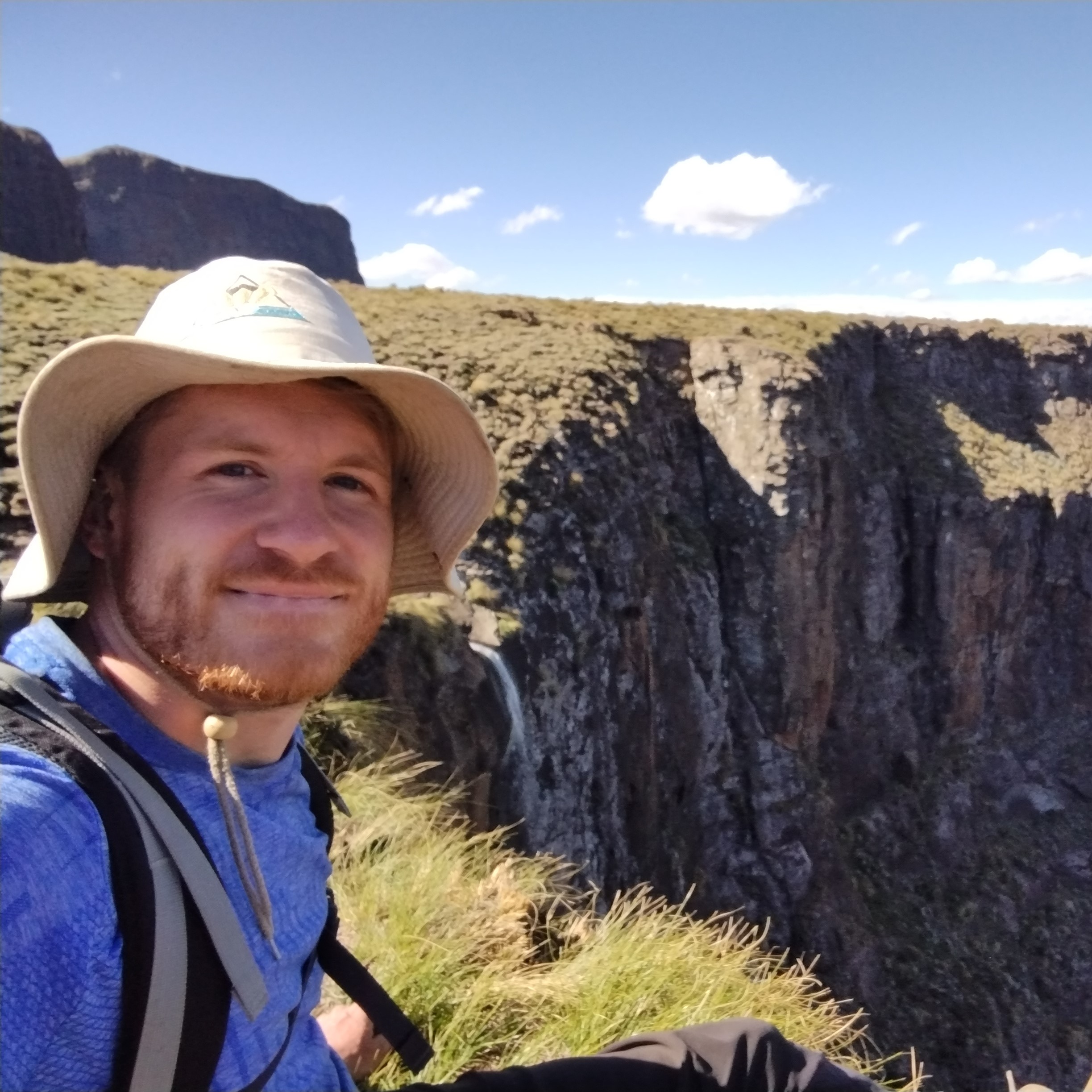
22 December 2023 2:02pm
In this case, I would use BLE proximity - enough and accurate range, low cost, long battery life, no false positives - KISS ;)